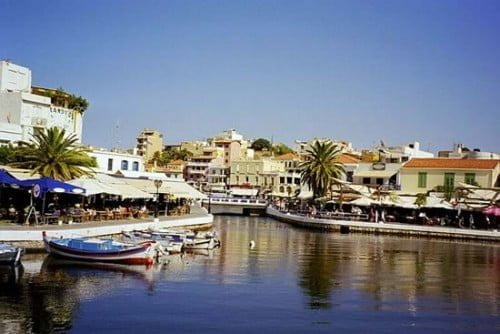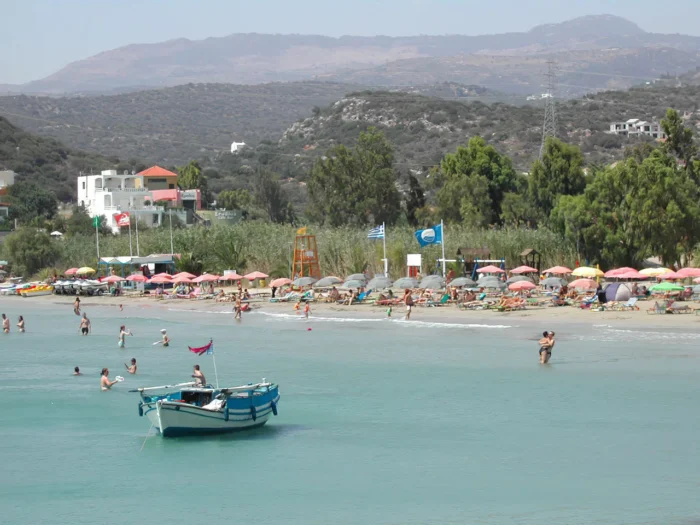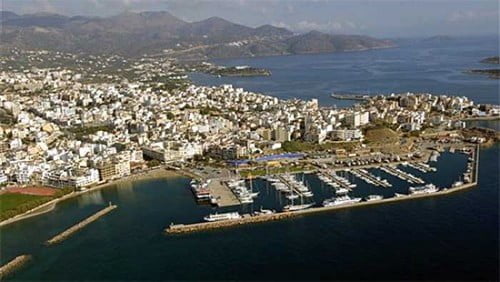Ierapetra history: Kyrba, Pytna, Ierapytna
Ierapetra in ancient times: Kyrba, Pytna, Hierapytna
Ierapetra was an important city in ancient times, named Kyrba, a name linked to the island of Rhodes. According to legend, Kyrbas was one of the Telchines, who came to Crete from Rhodes and founded the city we know as Ierapetra today. Later the city was renamed Pytna and finally Hierapytna, meaning “Sacred Hill”, due to the temple that stood there in antiquity.
By the 1st century BC, Ierapetra had become one of the major ports of Crete, taking advantage of its strategic position to trade with the kingdoms of the East and South Mediterranean.
However, Ierapetra’s power and influence had unfortunate consequences, causing the neighbouring cities to turn against it. Viannos, Malla and Praisos all became hostile to Ierapetra, but by the 2nd century AD Ierapetra had managed to prevail again, becoming the largest city in South Crete.
Ierapetra in the Roman period
When Rome came knocking at Crete’s door in the 1st century BC, Ierapetra resisted fiercely, but fell into Roman hands in 66 BC.
The Romans, aware of its strategic importance, rebuilt the city, permitting it to flourish for the second and greatest time in its history.
In Roman times, Ierapetra was filled with impressive buildings, theatres, aqueducts, public baths, inscriptions and statues.
One of the most impressive edifices to be erected during the Roman period was the Naumachia or Navmachia, a huge artificial structure used for re-enactments of naval battles, to entertain the local populace and nobility in Ierapetra. This maritime structure lay somewhere to the west of the city.
The arrival of Christianity in Ierapetra
In the 1st century AD, the See of Hierapytna was established in Ierapetra by St Titus, the first Bishop of Crete.
Ierapetra from the Byzantine to the Ottoman Period
Ierapetra retained its power during Byzantine times, again due to its exceptional geographic position.
However, this position was both blessing and curse, as it attracted many enemies who wanted to conquer Crete and the East Mediterranean. Ierapetra was destroyed and conquered many times, with the Arabs arriving in the 9th, the Venetians in the 13th and the Turks in the 17th century.

Ierapetra in the Second World War
The villages near Ierapetra suffered tragically in the 20th century, during the Occupation, when the German forces of occupation carried out reprisals against Resistance activity (notably the abduction of General Kreipe).
Ierapetra today
Today Ierapetra is a tourist town with thousands of summer visitors, and one of the liveliest places in Lassithi all year round. Of great importance to the local economy are the greenhouses of Ierapetra, which first appeared in the 1960s.
© explorecrete.com All Rights Reserved. Reproduction or copying without permission is prohibited.






